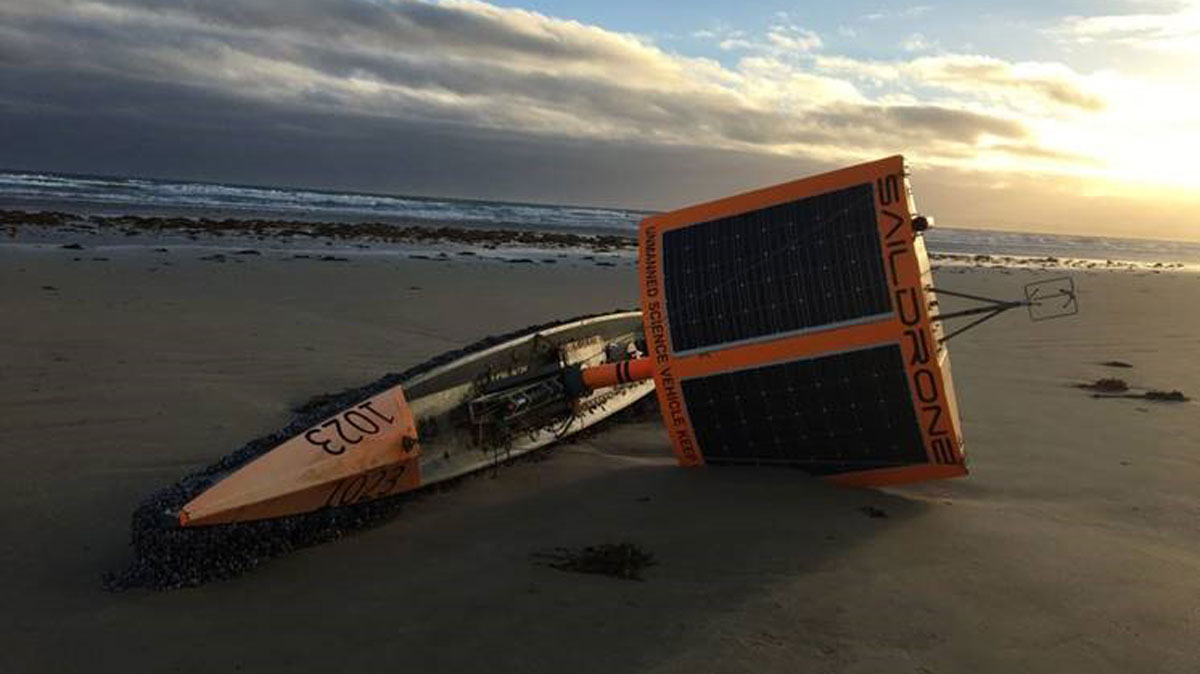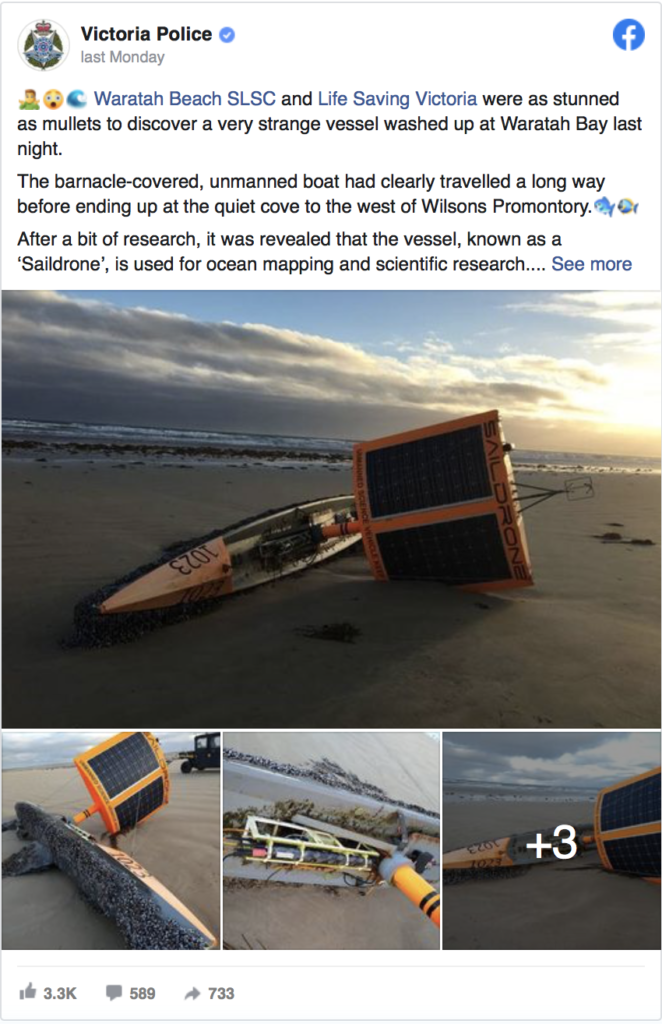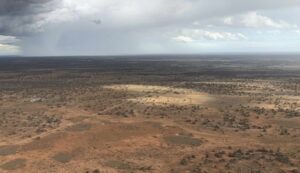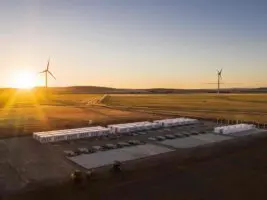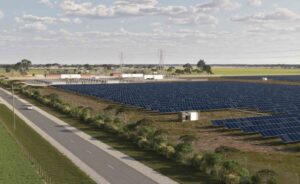A longstanding “mystery” has finally been solved after a wind and solar-powered research drone washed up on a beach last week in Victoria after contact was lost 18 months ago and the drone was left floating across the Southern Ocean.
The Waratah Bay Marine Rescue (MSAR) members were called out last Monday to the Waratah Bay Surf Beach after, as Life Saving Victoria described it, an “Unidentified Floating Object” was discovered washed ashore.
After searching “for any signs of extra terrestrial life” the MSAR members eventually discovered that the owner of the craft was the California-based developer, Saildrone.
According to the Victoria Police, which was part of the effort to identify the mysterious floating drone, Saildrone launched three of its floating research drones back in 2019 from Bluff in New Zealand.
The drones were to sail around Antarctica researching krill numbers using sophisticated sounding equipment – or, as the Victoria Police Facebook team put it, “sofishticated sounding equipment (expensive fish finders).”
Never let it be said social media teams don’t earn their pay.
Contact was apparently lost with one of the three drones soon after launch, named SD 1023, as it attempted to navigate an ice pack somewhere between Antarctica and Cape Horn in late 2019, potentially striking an iceberg and disappearing from communications.
Since that loss of contact, the wind- and solar-powered drone has obviously drifted on its own for 18 months, before finally washing ashore west of Wilson’s Promontory.
The 450-kilogram drone is currently resting in a local farmer’s paddock, according to Greg Mouldings, one of the members of the Waratah Bay Marine Rescue team who were called when the drone was discovered washed ashore.
“All of the mussels and barnacles on the bottom started to smell worse than my armpits,” said Mouldings, speaking to ABC News. “So we’ve dropped the sail-drone in a local farmer’s paddock because you’d never be able to use the shed again.”
“When I got to the beach, I thought we’d stumbled across something extraordinary but little did I know it solved a longstanding mystery,” Greg elaborated in a statement with Life Saving Victoria’s Facebook post last Tuesday.
“I spoke with its owner this afternoon, who due to the coronavirus pandemic is unable to travel from the USA and organise retrieval. He was absolutely ecstatic that the vessel had been found and is hopeful that some of the data it has been collecting will be able to be retrieved.”
While it is uncertain exactly how communications were lost, the vessel’s data is believed to still be intact, and is potentially priceless to the operators.
“SD1023 has been in one of the harshest places on the planet and survived,” said Saledrone chief executive Richard Jenkins. “It’s passed Cape Horn over winter and the data it’s collected is all still there.
“The Southern Ocean is remote and dangerous so it’s the ideal place to deploy robots.”
These wind- and solar-powered drones have been used for everything from researching marine life numbers to monitoring illegal fishing and drug trafficking, and Saildrone boasts that government, scientific, and commercial organisations from around the globe have all relied on their fleet of 100 Saildrones to gather critical information.
Powered by wind and solar generation, Saildrones are equipped with advanced sensors and AI technology, allowing them to operate at all times of the year and obviously able to navigate some of the ocean’s most dangerous conditions.
Providing ocean mapping or intelligence, surveillance, and reconnaissance data, Saildrones have an almost non-existent carbon footprint and provide real-time data.
Earlier in 2019, after launch from New Zealand, SD 1023 reported back this image to its operators, sparking discussion around what type of animal belonged to the fin pictured.
Meanwhile, in July 2019, as SD 1022 and SD 1023 were beginning to round Cape Horn, this image was captured showing lovely weather.

